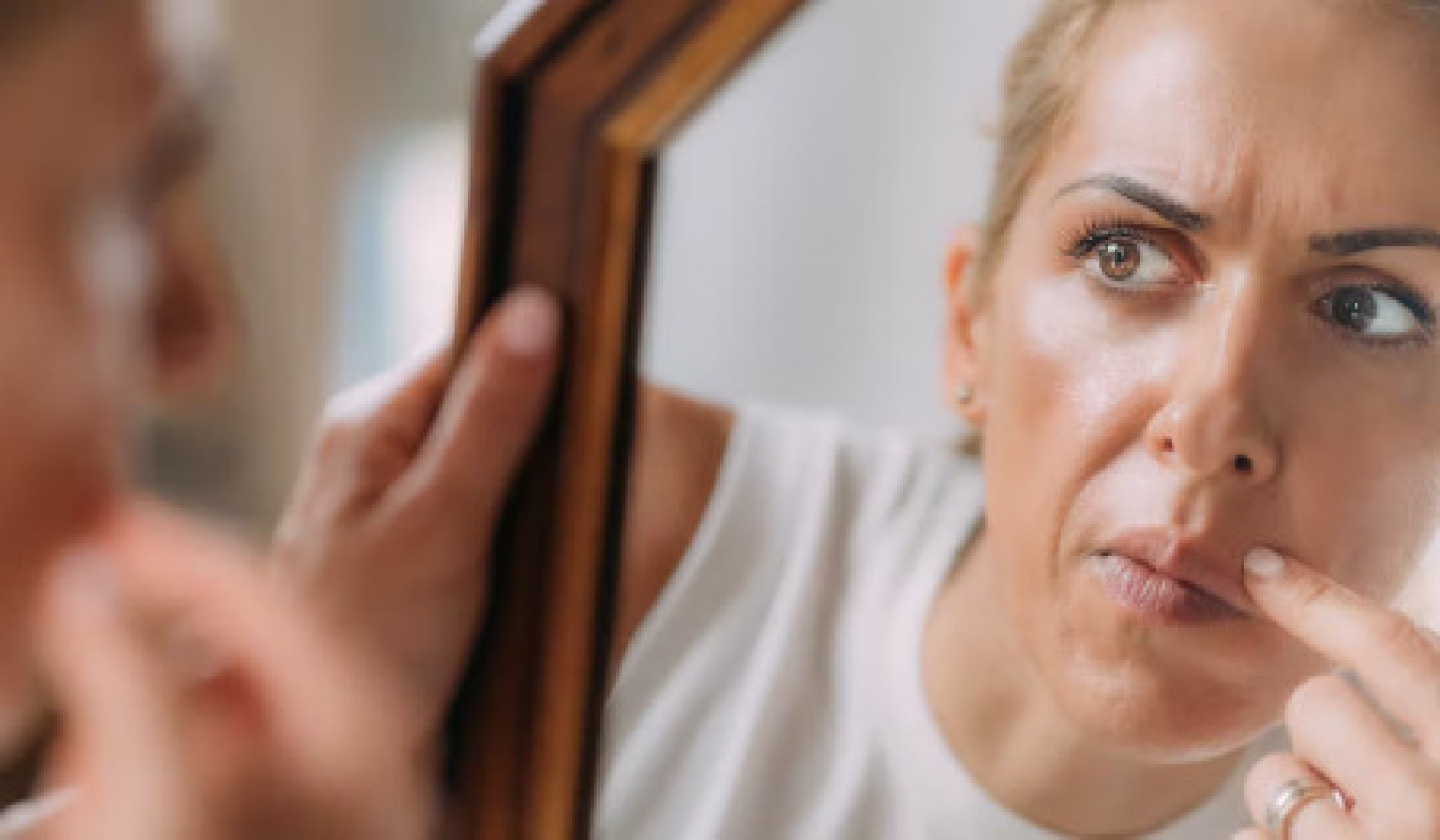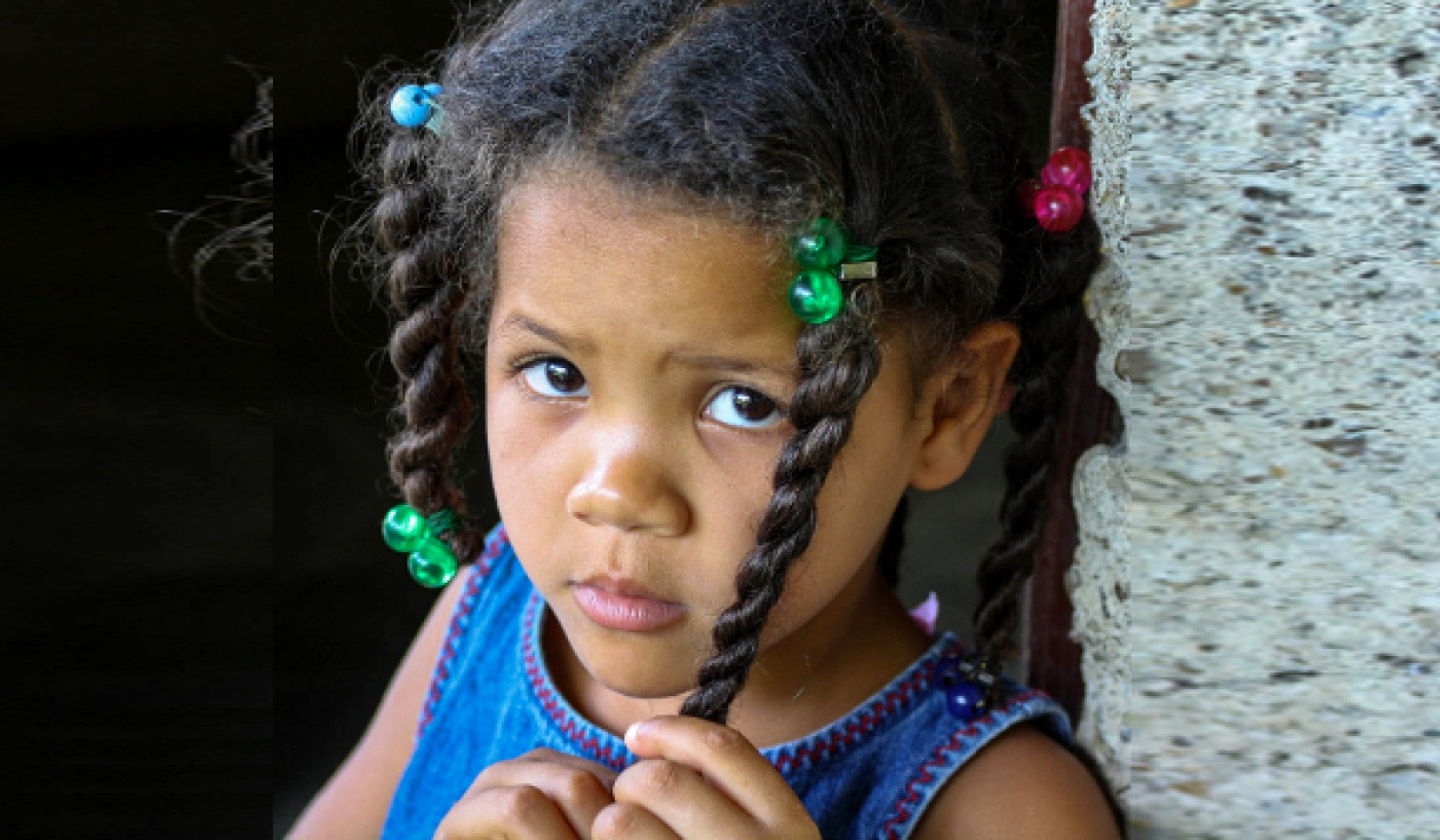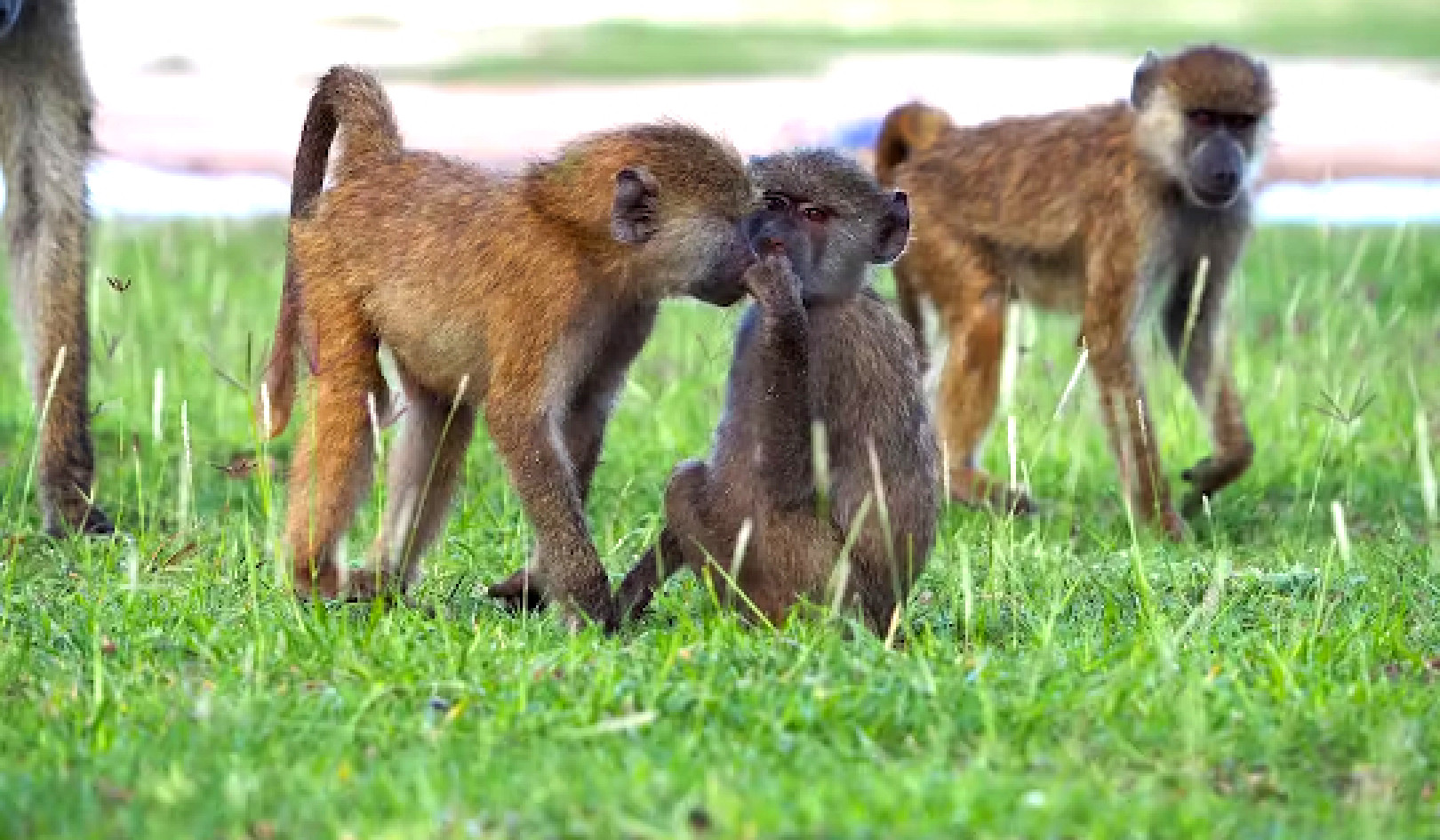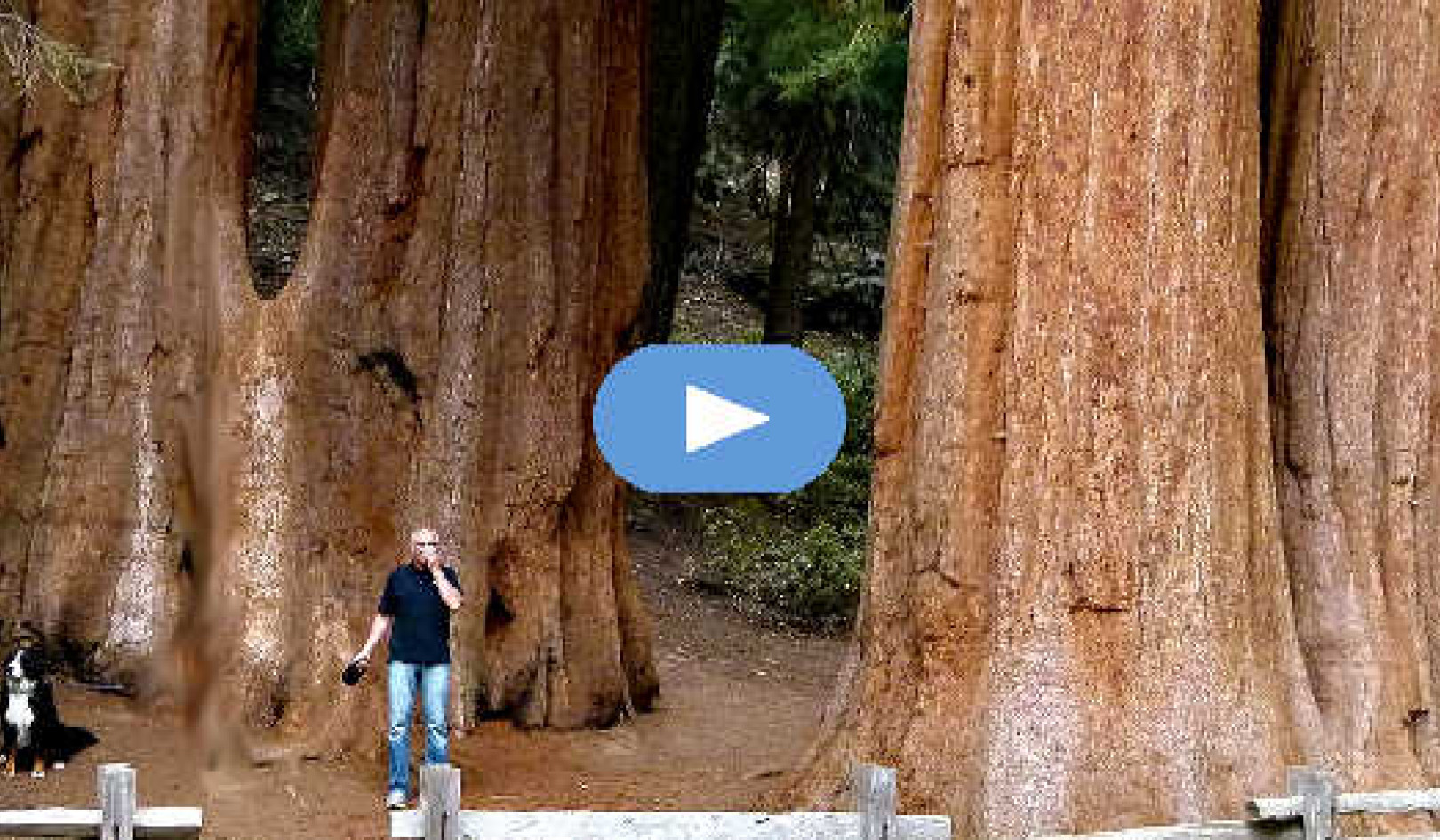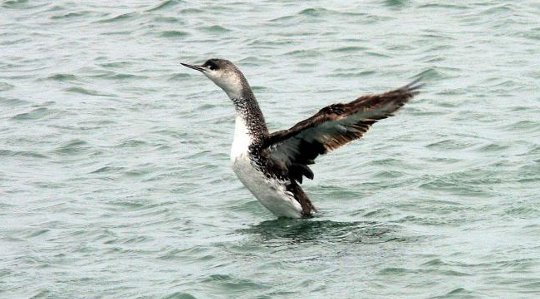
When the Horses Whisper is a story I’ve been led to write. It is an ancient tale, and entirely true. We all have the capacity to hear this truth, even though modern life has caused many of us to forget its core message.
It’s a story that has been told since we emerged as humans, and it concerns our interconnection with the non-human world—the “natural” world, from which we have become estranged through over-reliance on the cognitive functions of our human cerebral cortex. These faculties, including thinking, perceiving, and understanding language, have served us well in many ways, but they also can cut us off from the rest of ourselves, including our bodies, our deeper wisdom, and our ability to connect with other species.
But if we look at human history, we find it replete with animals, in legend and lore. Beginning with the oldest cave paintings, and continuing into the print and electronic media of current times, animals are deeply embedded in our stories because they inform our ways of understanding the world. Since humanity’s beginnings, they have helped us to survive and thrive: not just materially as resources for food, clothing, and labor, but symbolically as well.
Through the millennia and across the cultural spectrum, animals have appeared as our totems, mystical symbols, and guides, representations of archetypal forms and divine energies. More recently, they show up as our companions, guides, and friends. But who are these creatures, really? More importantly, what are they becoming, and what are they inviting us to become?
Animals Surprise Me and Teach Me
Of late, I find myself encountering animals in more and more ways that surprise me and teach me. On a March visit to Ocracoke Island, North Carolina, Bill and I took a walk on the 15-mile National Seashore. As far as the eye could see we were the only people there on this late afternoon. I delighted in the scent of the ocean, the tumbling sea foam, and the running sandpipers and plovers as we strolled on the packed white sand between the grassy dunes and the rolling breakers.
Catching sight of a larger bird sitting at the edge of the surf, we moved in its direction. It did not move away as we approached. “What is it doing here?” we wondered. “What is the matter with that bird?” Neither of us was sure what kind of bird it was until it made the distinctive call of the common loon.
We spend time by a New Hampshire lake in the summer, and are very fond of these magnificent birds whose calls fill the night and invite us deeper into our dreams and the mysteries of that realm. It was thus all the more shocking and appalling to witness this pathetic spectacle. We stood helpless, trying to come to terms with what seemed the inevitability of its death; painfully aware of our powerlessness in the face of forces we could not change.
That night, we viewed a streaming documentary, Dark Side of the Loon. From it we learned that immature loons are left on their own, heading out from their places of birth on the Northern lakes, only after their parents have first departed for Southern shores. The fledglings make the long flight south, to navigate the challenges of the southern, salt-water environment, remaining there up to three years, largely on their own.
Even then, adult loons lose flight plumage each winter, and must exist on what the sea provides. Many die of emaciation if conditions don’t go the right way. This winter had been rough, beginning with Super Storm Sandy and continuing through another big storm the week prior to our visit. The heavy wave action and powerful currents can make shore waters murky, with visibility too poor for the loon to hunt. So we deduced that this one was probably emaciated from hunger, and learned that rescue was rarely successful in such cases. But we did not know this while we stood on that beach, helplessly watching the loon turn its head this way and that, wailing now and then; we could only feel our hearts go out to this beautiful creature.
I looked up and down the beach for some vessel that we might use to rescue this bird. But there was nothing. We finally accepted the fact that we’d be leaving that bird to finish this struggle on its own.
Even as our hearts were sinking at this realization, we came to see that the loon looked quite calm, even accepting it seemed, without any sense of doom or anguish, without “forethought of grief,” as the poet Wendell Berry terms it.
The tide was coming in. It wouldn’t be long before he’d either be claimed by the rising sea, or find the strength to live on. I felt the turbulence of my inner struggle as I watched him sitting there peacefully. At that moment, he opened his beak and let out a second cry, the high, haunting wail that loons use to find each other. It was weak and whimpering, yet it carried upward on the wind. The sound pierced my heart, opening the place in me where I feel the power of my own longing for that which connects us. “Goodbye and safe journeys,” I said to my friend. Bill offered his own blessings, and we walked away.
The Message of the Loon
What did the loon say to me? What did we learn from this encounter? Indeed, I saw the dark side of the loon; its magnificence and plumage stripped away, as just another fellow being trying to survive in a risky world. I felt jolted back into mindfulness of my own vulnerability and lack of control in my own life.
Back on the lake in New Hampshire, lulled to sleep by its melodic sound, we had built a nice, comforting image of the loon as a mysterious creature whose beautiful music filled the night. We had perhaps assumed that the loons fled their Northern lakes as the ice set in, spending a winter life of ease on warm Southern shores. We had not known the full story of the loon’s life: its flightless helplessness on winter oceans, or its solitary young life, spending up to three years away before returning to the breeding grounds.
As this fuller picture was laid out before me, I felt gifted with an insight that helped me understand this creature, and helped me feel our connection in a new way. In its own way, this encounter accorded me a lesson similar to those I have received from being with horses.
Making Ourselves and Our World Whole Again
While Earth and her creatures appear to be increasingly influenced by human will, what I have learned from listening to horses suggests that the extent of our influence may have been overestimated. Some scientists have dubbed these current times as the “Anthropocene” epoch, on the grounds that current and future conditions on Earth are increasingly determined by human activities. While there is certainly evidence in the sphere of environmental impacts such as climate change that humans are dramatically reshaping our physical world, on deeper levels there are forces at work that humans are only dimly aware of.
My experience with horses suggests that if we want to solve the massive challenges we see manifesting in the physical realm as environmental damage, we must heal that of ourselves we which experience as fearful, retracted or empty, reaching into the deeper emotional and spiritual realms to find the missing pieces we need. Only then might we bring ourselves into balance and make our world whole again.
For the first many millennia of human existence, we lived in a physical, mental, and spiritual world in which we belonged to a great and complex web of life, in which all creatures were intertwined. In the last few millennia, humans have come to believe ourselves to have dominion over the earth and its creatures. Whether that belief comes from the Bible or from the ego-awareness associated with our advancing intellects, it has been formative to our consciousness and fundamental to our behavior.
Humans Belong to the Earth, Not Vice Versa
Though we are living longer and healthier lives than ever before, many still strive in vain to glean the meaning and purpose of life. We are also beginning to realize that our current understandings and behaviors and their impacts on the earth are unsustainable. This growing realization leaves many of us questioning our habitual roles on this planet, and wondering whether and how to redefine those roles.
Could it be that we have lost our way? That’s what my experience leads me to believe. What I see is that we are in the process of rediscovering ourselves, physically, emotionally, and psychologically. These discoveries stem from evolutionary adaptation, but also from technological changes we have made to alter our bodies and our environment. We are learning to shift our perceptions about who we are, why we are here on the earth as human beings, and what it means to be fully alive.
As we humans continue to evolve our sense of being, our notion of what—and who—animals are is also evolving. We are re-awakening to the understanding of humans belonging to the earth—not vice versa—and of humans being part of the life force that sustains it, along with the other species we share it with. Soul-of-horse offers us its loving assistance. And if we listen, and learn to trust it, we might actually hear a still, small voice that is leading us back home.
©2013 by Rosalyn W. Berne. All Rights Reserved.
Reprinted with permission of the publisher: Rainbow Ridge Books.
Article Source:
 When the Horses Whisper: The Wisdom of Wise and Sentient Beings
When the Horses Whisper: The Wisdom of Wise and Sentient Beings
by Rosalyn W. Berne.
Click here for more info and/or to order this book.
About the Author
 Rosalyn W. Berne, Ph.D. explores the intersecting realms between emerging technologies, science, fiction and myth, and between the human and non-human worlds. As a university professor she writes and teaches about engineering and technology in society and the ethical implications of technological development, often using science fiction material in her classes. In her personal life she continues to discover the transformational nature of human-equine relationships, and offers facilitation and translation services for enhancing communication between horses and their owners. Visit her website at whenthehorseswhisper.com/
Rosalyn W. Berne, Ph.D. explores the intersecting realms between emerging technologies, science, fiction and myth, and between the human and non-human worlds. As a university professor she writes and teaches about engineering and technology in society and the ethical implications of technological development, often using science fiction material in her classes. In her personal life she continues to discover the transformational nature of human-equine relationships, and offers facilitation and translation services for enhancing communication between horses and their owners. Visit her website at whenthehorseswhisper.com/
Watch a interview with the author: When the Horses Whisper: The Wisdom of Wise and Sentient Beings
Watch a TEDx talk: To Hear Horses Whisper (with Rosalyn Berne)



















